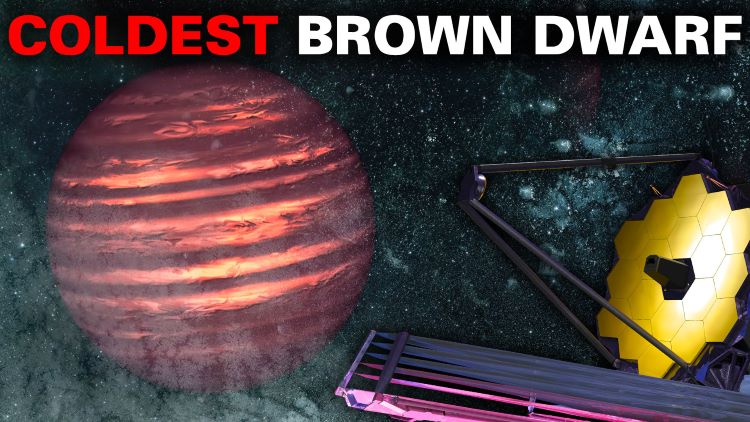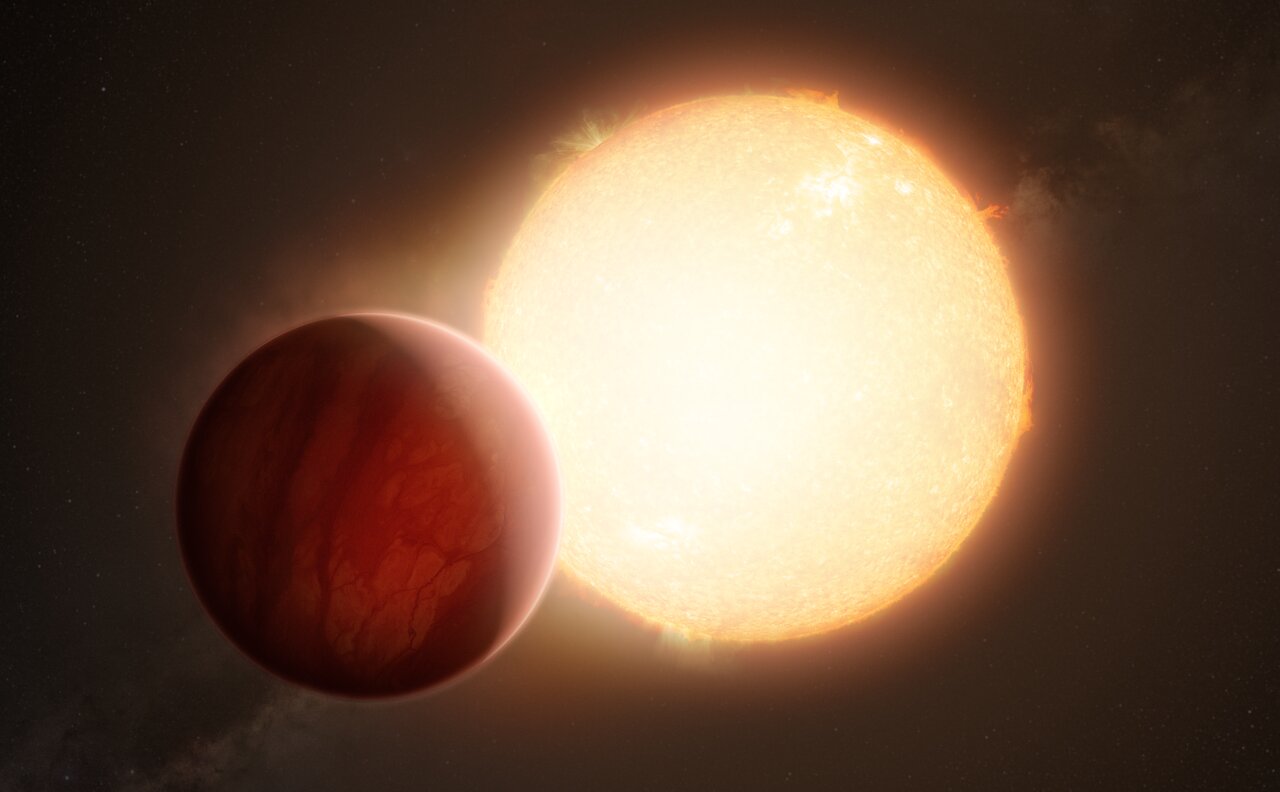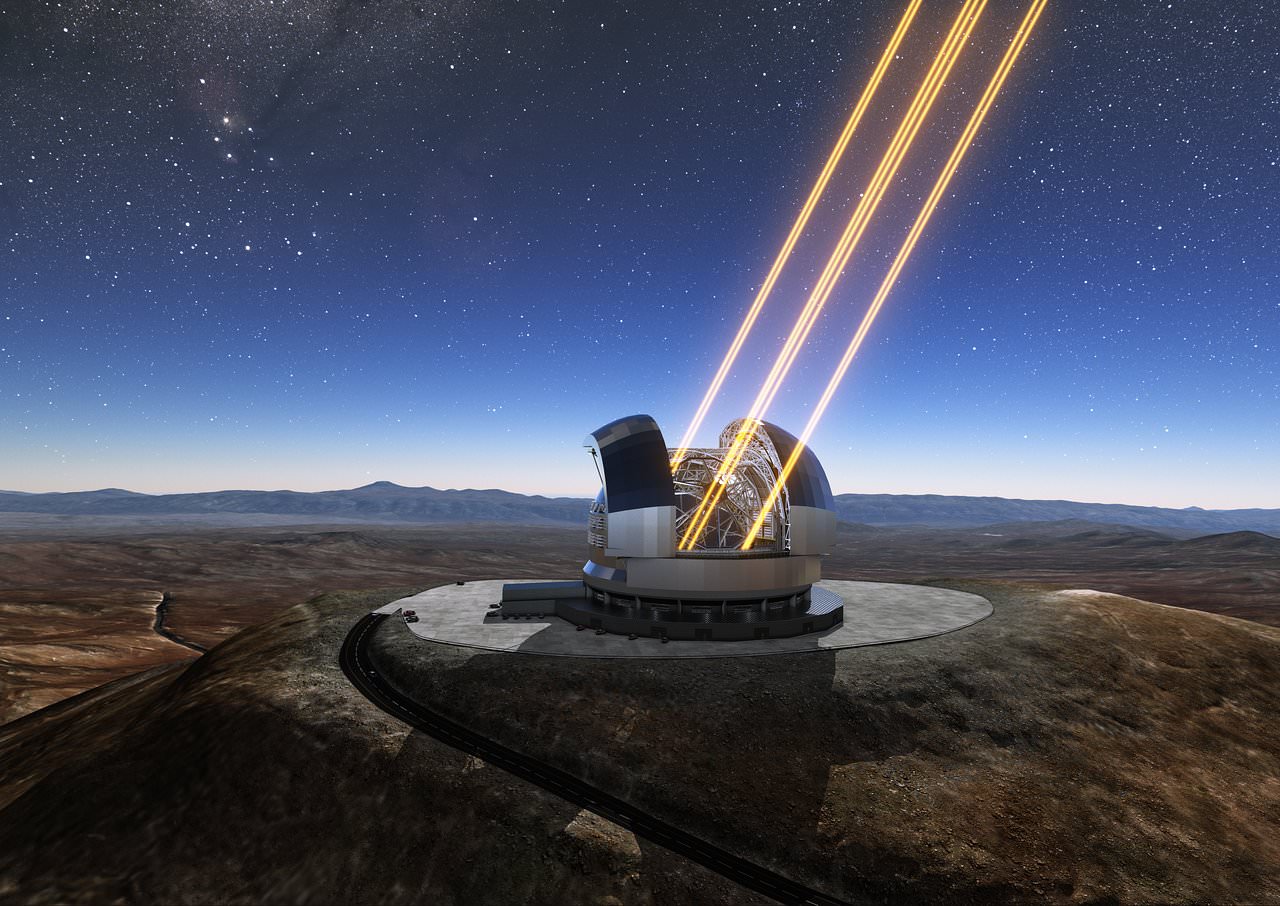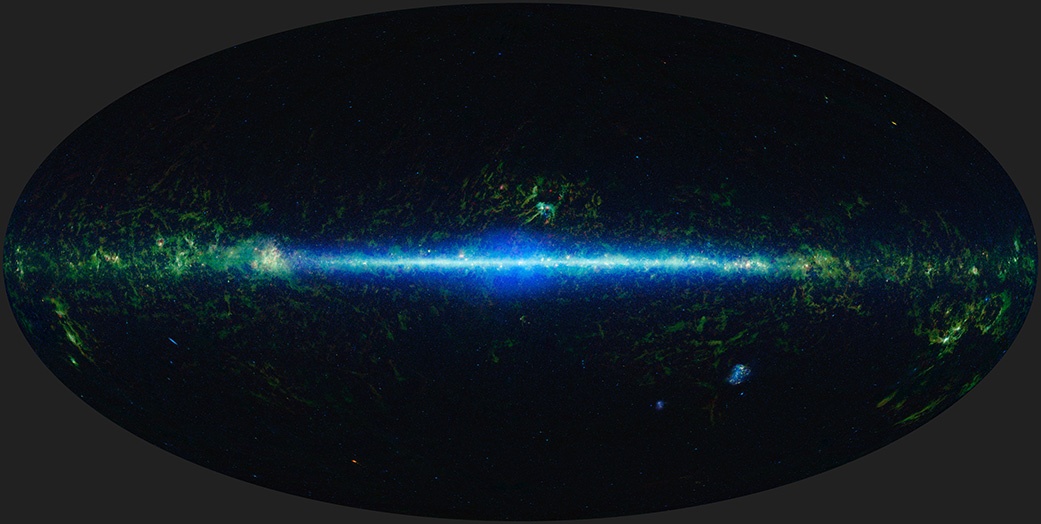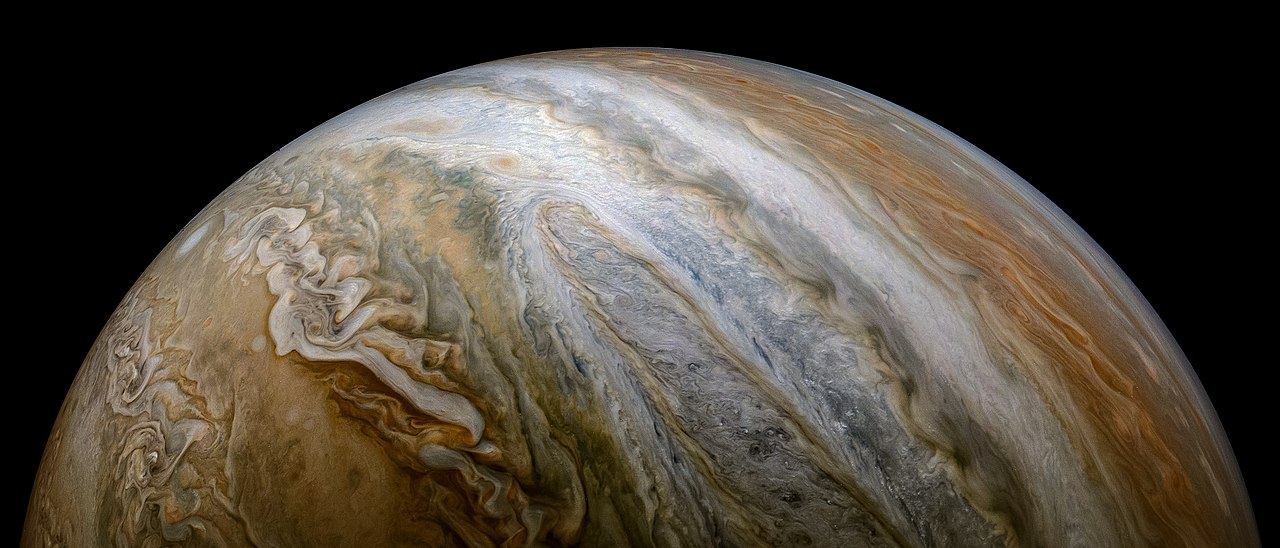In 1995, Caltech researchers at the Institute’s Palomar Observatory first observed what appeared to be a brown dwarf orbiting Gliese 229 – a red dwarf star located about 19 light-years from Earth. Since then, this brown dwarf (Gliese 229 B) has mystified astronomers because it appeared too dim for its mass. With 70 times the mass of Jupiter, it should have been brighter than what telescopes had observed. However, a Caltech-led international team of astronomers recently solved the mystery by determining that the brown dwarf is a pair of closely orbiting twins!
Continue reading “Astronomers Solve the Mystery of the Famed Brown Dwarf That is Too Bright: It’s Twins!”Astronomers Solve the Mystery of the Famed Brown Dwarf That is Too Bright: It’s Twins!



![An artist's conception of a brown dwarf. A new study identifies CK Vulpeculae as the remnant of a collison between a brown dwarf and a white dwarf. Image: By NASA/JPL-Caltech (http://planetquest.jpl.nasa.gov/image/114) [Public domain], via Wikimedia Commons](https://www.universetoday.com/wp-content/uploads/2018/10/Artist’s_conception_of_a_brown_dwarf_like_2MASSJ22282889-431026-2000x1200.jpg)
